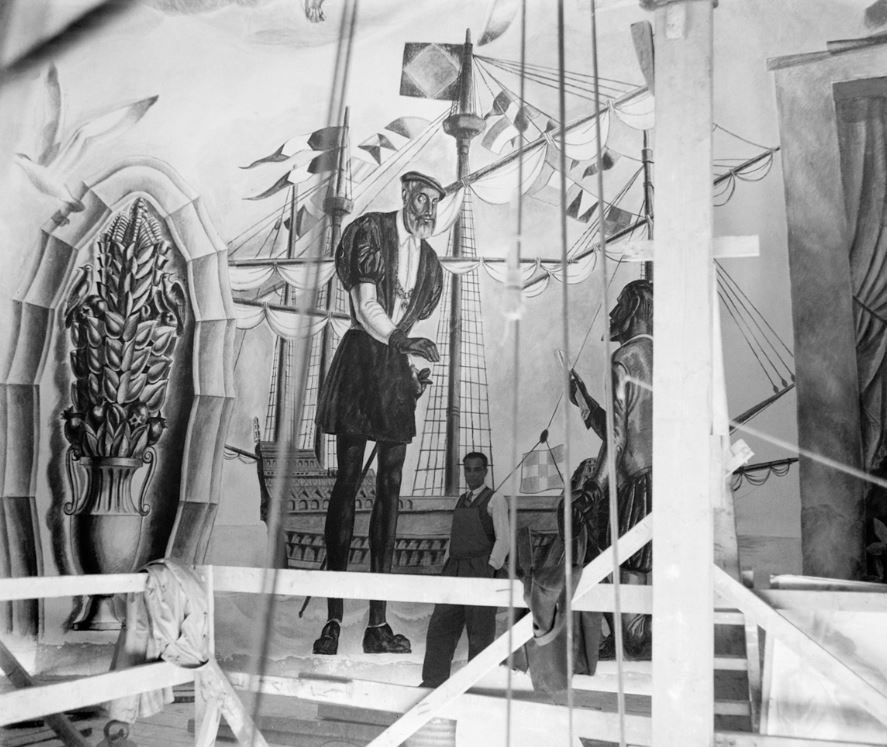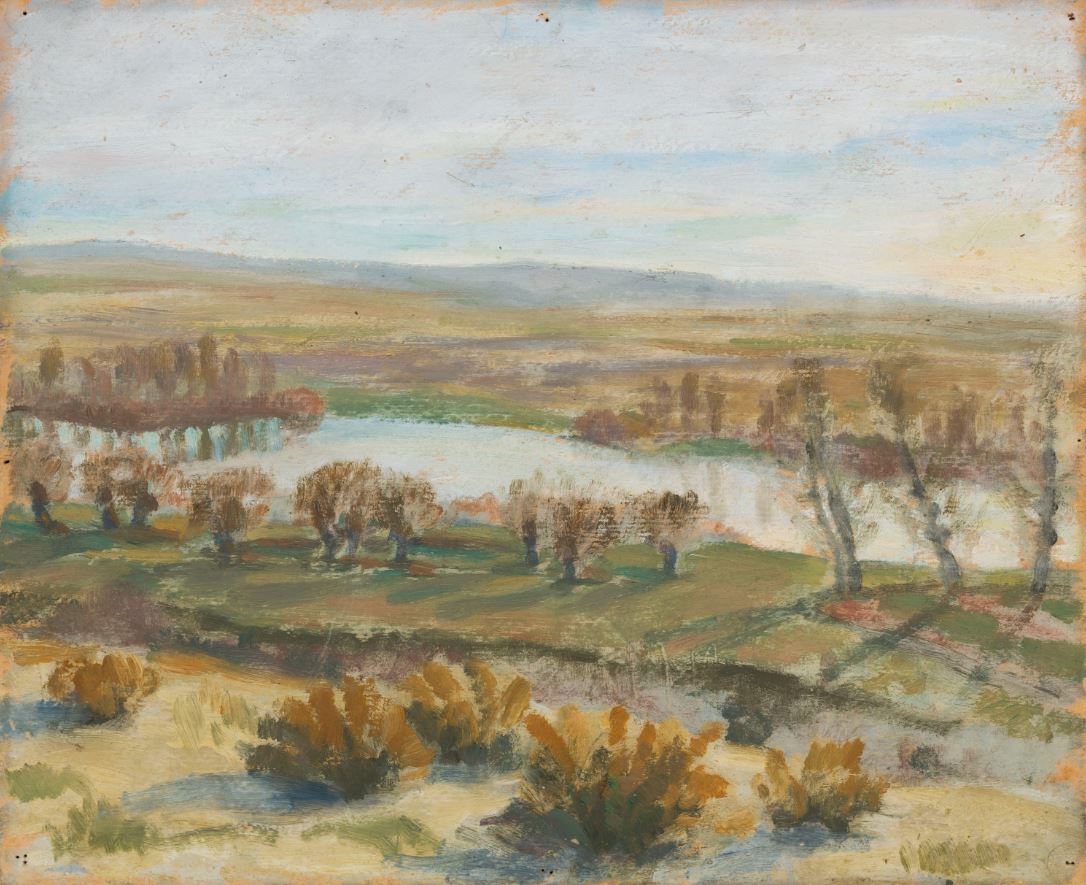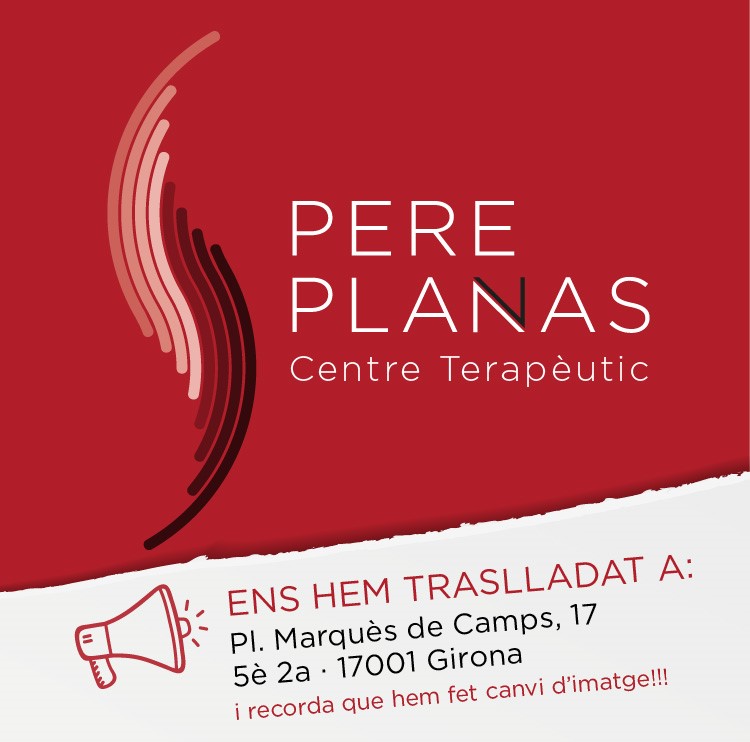Exhibitions
Francis d'A. Galí: exile and artistic metamorphosis
At MUME, a deep reflection on the impact of exile on his work and his life.

The Exile Memorial Museum (MUME) hosts the exhibition 'Francis d'Assís Galí: Exile and evasion', which reveals the complexities of a multifaceted and influential artist. Galí, often relegated to the background in the history of Catalan art, emerges in this exhibition as a symbol of cultural resistance and the transformation that exile can bring to an artist.
Francesc d'Assís Galí (Barcelona, 1880-1965), draftsman, painter, pedagogue and considered a key figure of Catalan noucentisme, left an artistic legacy that includes emblematic works such as the frescoes on the dome of the Palau Nacional para l'Exposition Universal of 1929 and the paintings of the Sala del Quixot in the Casa de la Ciutat de Barcelona. His pictorial career began in modernism, evolving towards symbolism and realism until embracing the renewing ideas of noucentisme. But the outbreak of the Civil War abruptly interrupted this trajectory.
During the conflict, Galí, as Director General of Fine Arts of the Republic, led one of the most significant operations to safeguard Spanish artistic heritage, protecting more than 3,000 works, including some from the Museu del Prado, which were evacuated in Switzerland Later, in 1939, he was forced into exile in London, where he resided for a decade.

It was in this city that his work underwent a profound metamorphosis. Far from his native Catalonia, Galí connected with English artistic circles, especially with the surrealist painter Ithell Colquhoun , a friendship that marked his art and his life. His painting became dreamlike and visionary, a universe of symbols with holy martyrs, centaurs and scenes of a bewildering fantasy.
This change in style becomes particularly evident from 1945, when his work moves away from realism to enter a more imaginative terrain. This artistic evolution is, in large part, a response to the psychological and cultural impact of exile, as well as to its interaction with an international artistic world.
The MUME exhibition, curated by Albert Mercadé and with the artistic curatorship of Artur Muñoz (Coltell estudi) , not only explores Galí's artistic career, but also his life journey and how he found art a shelter In the same way, the MUME continues with this new exhibition exploring the experience of republican exile through art, analyzing how artists were influenced by displacement forced by the political context and by contact with new forms of expression and cultural currents.
In 2025, his figure will also be celebrated at the National Art Museum of Catalonia (MNAC) with the complementary exhibition 'Francesc d'A. Galli. The invisible teacher'. This joint initiative between the MUME and the MNAC underlines the need to vindicate the artist, his work and his legacy, while highlighting the profound transformation that exile can entail, turning art into a tool of resistance and survival










